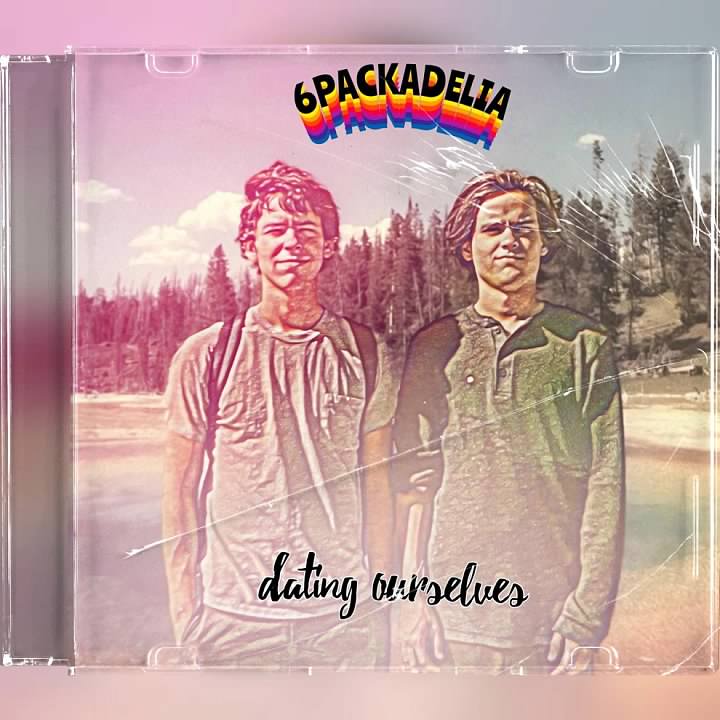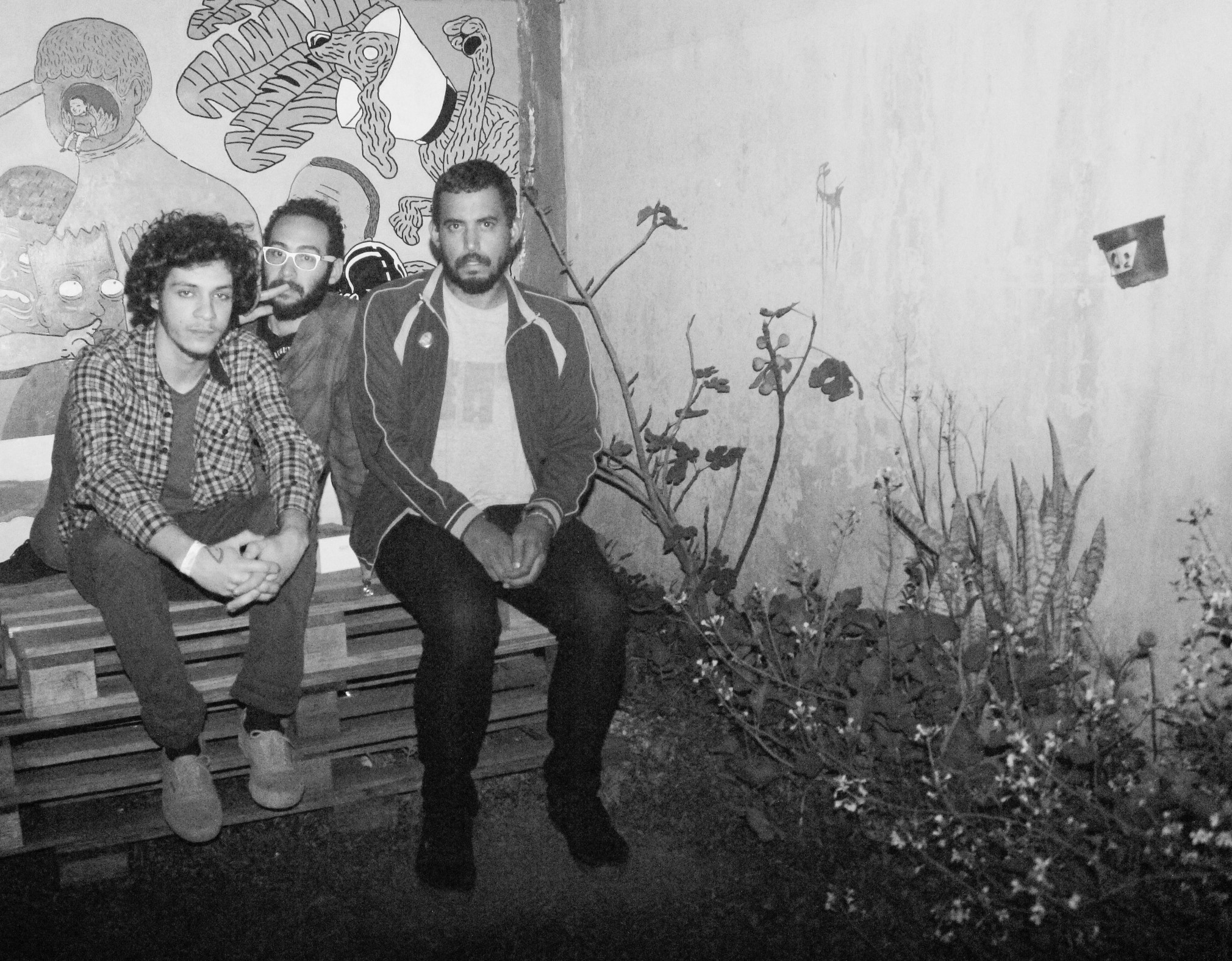By 1993, the creative arc of straight-ahead indie rock had crested and was beginning its descent against the backdrop of post-Nirvana chaos, when indie bands were getting snapped up by a major-label feeding frenzy. There was an abundance of faceless bands popping up, inspired by a Superchunk album from 1991 or the stripped-down simplicity of the riot grrrl movement. But Built To Spill blew onto the increasingly homogenous scene with a sound and vision all their own: a maximization of indie rock, a widescreen ambition that made guitar excess credible again through a frightening ability to craft solos that, for lack of a better term, sounded amazing.
The band’s 1993 debut, Ultimate Alternative Wavers, and its follow-up, 1994’s There’s Nothing Wrong With Love, are widely and justifiably regarded as classics within the genre. In the same way that Mercury Rev were piling every noise and sonic idiosyncrasy onto pop songs around this time, Built To Spill applied a similar approach to guitar rock. After a Lollapalooza appearance and the forming of the Halo Benders (primary creative force Doug Martsch’s side project with Beat Happening/K Records founder Calvin Johnson), Built To Spill signed to Warners in 1997 for the no less dense and intense Perfect From Now On. This album also marked what would be the more or less permanent Built To Spill lineup, with former Spinanes drummer Scott Plouf on drums and Brett Nelson for other duties, including bass.
In an age of far less Internet usage, and obviously before MySpace added an unprecedented variable to artistic promotion and exposure, Built To Spill had amassed a respectable fanbase, even if their major-label debut lacked a song under five minutes long or without multiple layers and change-ups. After the much poppier, succinct Keep It Like a Secret was released in 1999, the band found itself at what was probably the height of its popularity. The band released a live album in 2000, featuring the concert-staple rendition of Neil Young’s “Cortez the Killer,” and if there was ever a band qualified to cover that one, it’s Built To Spill. Another studio album followed in 2001 (Ancient Melodies of the Future), though the band seemed to have established a finite yet respectably sized fanbase by this point.
Doug Martsch’s seemingly innate expertise with the pop hook, and his ability to apply this to his instrument in a macro sense, didn’t just come out of the woodwork. Martsch was a founding member of the sadly overlooked Treepeople, a furious Boise-by-way-of-Seattle post-hardcore band that was great in a confusing, doesn’t-really-fit-into-any-genre way (and they covered the Smiths at least 10 years before that was de rigueur). Due to creative differences, Martsch claimed early musical retirement (only lasting several months) and moved back to Boise in 1993 (Treepeople would release a final and avoidable album without Martsch in 1994), but before exiting the band, the guitar interplay and songwriting that would trademark his reemergence as Built To Spill had become apparent on the Treepeople’s Just Kidding, the erratic but enjoyable release from the same year.
Jump to early 2006. Mike Scheer’s artwork for the latest Built To Spill album, You in Reverse, is a subtle but telling indicator as to what Martsch had in store for fans awaiting the band’s first release in five years. Scheer created the covers for all of the Treepeople albums, and if you smell “return to form” about to pop up in the next few sentences, well, you’d be half-correct. The album opener “Goin’ Against Your Mind” has the immediacy of a Treepeople song stretched into an uptempo nine minutes that never lets up. “Mess With Time” is coarse psychedelic pop, heavy enough to suggest the influence of Comets on Fire. “Wherever You Go” is the last word in contemporary Neil Young & Crazy Horse tributes, with Martsch’s sugary vocals set against guitars that sound like screaming seagulls. Then there’s “The Wait,” a song that skews the feel of Pink Floyd’s Wish You Were Here into indie-rock balladry.
For a band that strongly informed the pop sensibility of younger bands like the exponentially more popular Death Cab For Cutie and Modest Mouse, Built To Spill returned to the fold with a very strong album, very strong within the context of their already formidable discography. Along with Yo La Tengo’s aptly titled and amazing I Am Not Afraid of You and I Will Beat Your Ass, Built To Spill’s You in Reverse proves that you can be around for forever and a day, influence a lot of bands that would become a lot more famous than you ever will, and still deliver a vital masterpiece. If an album is going to take five years to create, at least You in Reverse sounds as if every minute of those five years was used productively, and anyone who’s experienced Built To Spill live knows that once the band walks on stage, they’re in it for the long haul.


 Karin Santa Rosa
Karin Santa Rosa  Karin Santa Rosa
Karin Santa Rosa